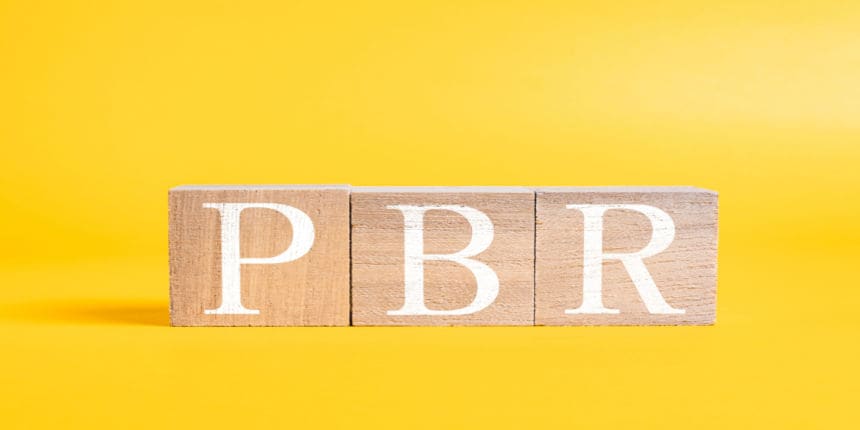PBR Full Form
What is the full form of PBR?
PBR stands for Physically Based Rendering (PBR), also known as physically based shading (PBS), is a shading and rendering technique that depicts the interaction of light with material qualities more accurately. PBR typically relates to rendering and lighting, whereas PBS usually refers to shading techniques, depending on which part of the 3D modeling workflow is being discussed. Both phrases refer to the process of physically correct asset representation.
- What is the full form of PBR?
- History of PBR
- Purpose
- Methodology of PBR

Working with a physically based rendering approach of shading will enhance your productivity whether you work with a real-time rendering system in computer graphics or film production.
History of PBR
Several rendering academics began focusing on developing a strong theoretical foundation for rendering, including physical accuracy, in the 1980s. A 1997 report from that lab outlines the work done at Cornell in this field up to that time. The majority of this work was done at the Cornell University Program of Computer Graphics.
In their 2014 book of the same name, "Physically Based Rendering," Matt Pharr, Greg Humphreys, and Pat Hanrahan more extensively popularised the term. This ground-breaking work in contemporary computer graphics earned its authors a Technical Achievement Academy Award for special effects.
Purpose
PBR methods are now widely used in 3D graphics applications. Compared to purely artistic methods, they provide certain important advantages, such as:
Physical Correctness – PBR pipelines can produce more lifelike images because PBR approaches more accurately mimic the behavior of actual light.
Intuitive parameterization – Instead of being only dependent on aesthetic considerations, PBR shader parameters are based on physical characteristics. This makes it simpler to change the settings to correspond to actual materials. It also becomes more difficult to make physically impossible materials.
Portability – PBR materials are supported by the majority of contemporary graphics systems, and their implementations are frequently consistent between programs. As a result, one may frequently produce comparable results by copying the settings of material from one rendering tool to another.
Methodology of PBR
PBR is "more of an idea than a precise set of rules," as Joe Wilson puts it, although the notion has some distinguishing features. One of these is that PBR acknowledges that, in the actual world, "everything is bright," as John Hable puts it, in contrast to many earlier models that strove to divide surfaces between non-reflective and reflective. In the actual world, even seemingly "flat" or "matte" surfaces like concrete will reflect some light, and many metals and liquids will reflect a lot of it.
Frequently Asked Questions (FAQs)
Physically Based Rendering (PBR) is a term that refers to a material that specifies the visual characteristics of a surface in a physically reasonable manner so that real results are feasible regardless of the illumination.
Physically based rendering (PBR) is the idea of correctly representing real-world materials by combining measured surface values with realistic shading and lighting models.
Recently, the gaming industry has adopted the shading paradigm known as physically based rendering (PBR) to a great extent. It seeks to correctly represent how light interacts with a surface using lighting physics and real material values to produce a more realistic lighting environment.
Physically Based Shading (PBS) mimics reality by simulating the interactions between materials and light. PBS is now conceivable in real-time visuals for the first time.
Physically Based Rendering (PBR) is used by the Unity Editor to precisely recreate realistic lighting settings.